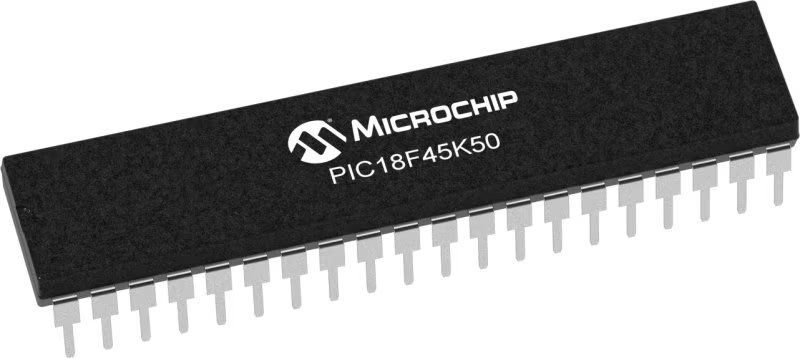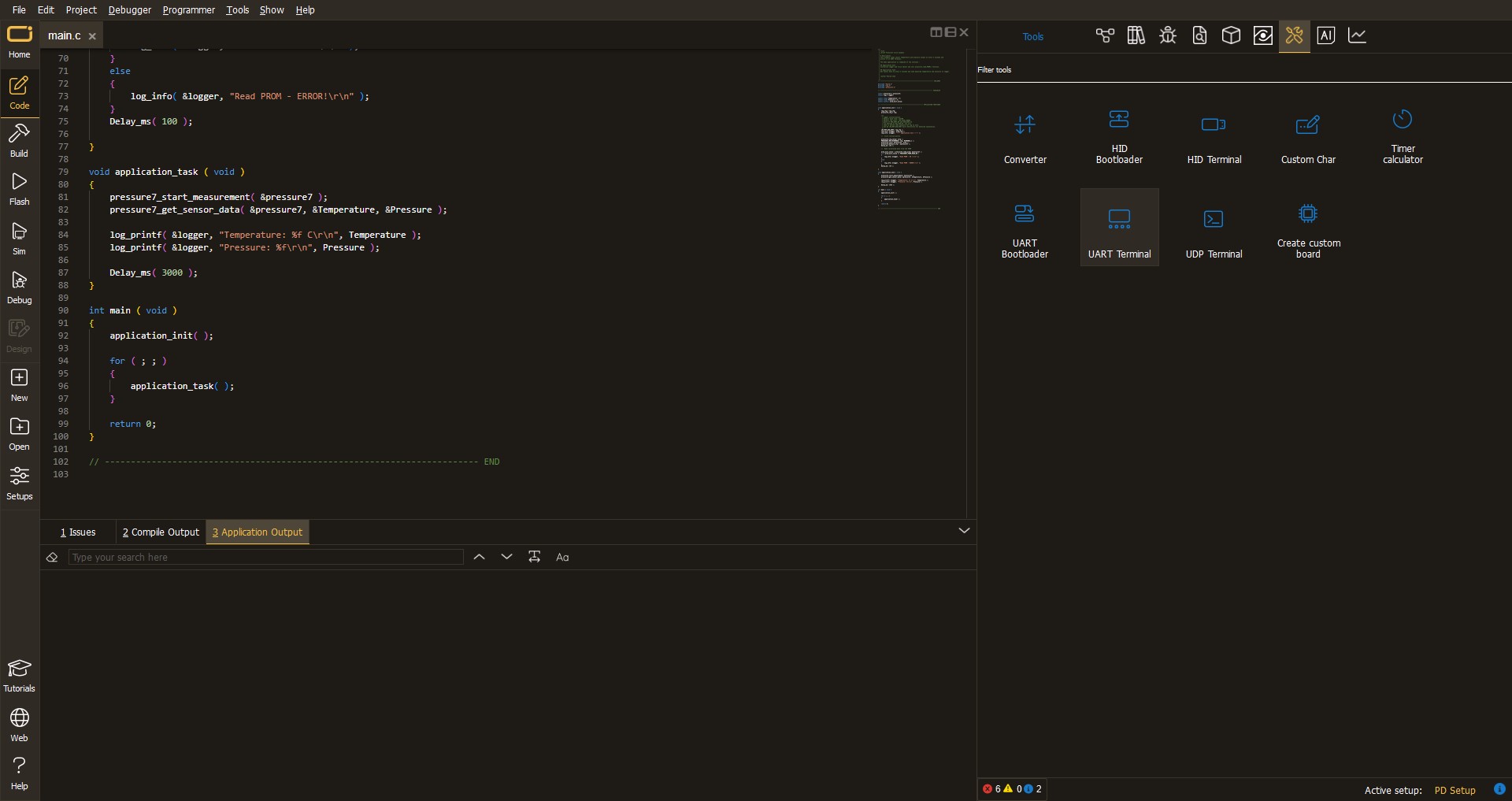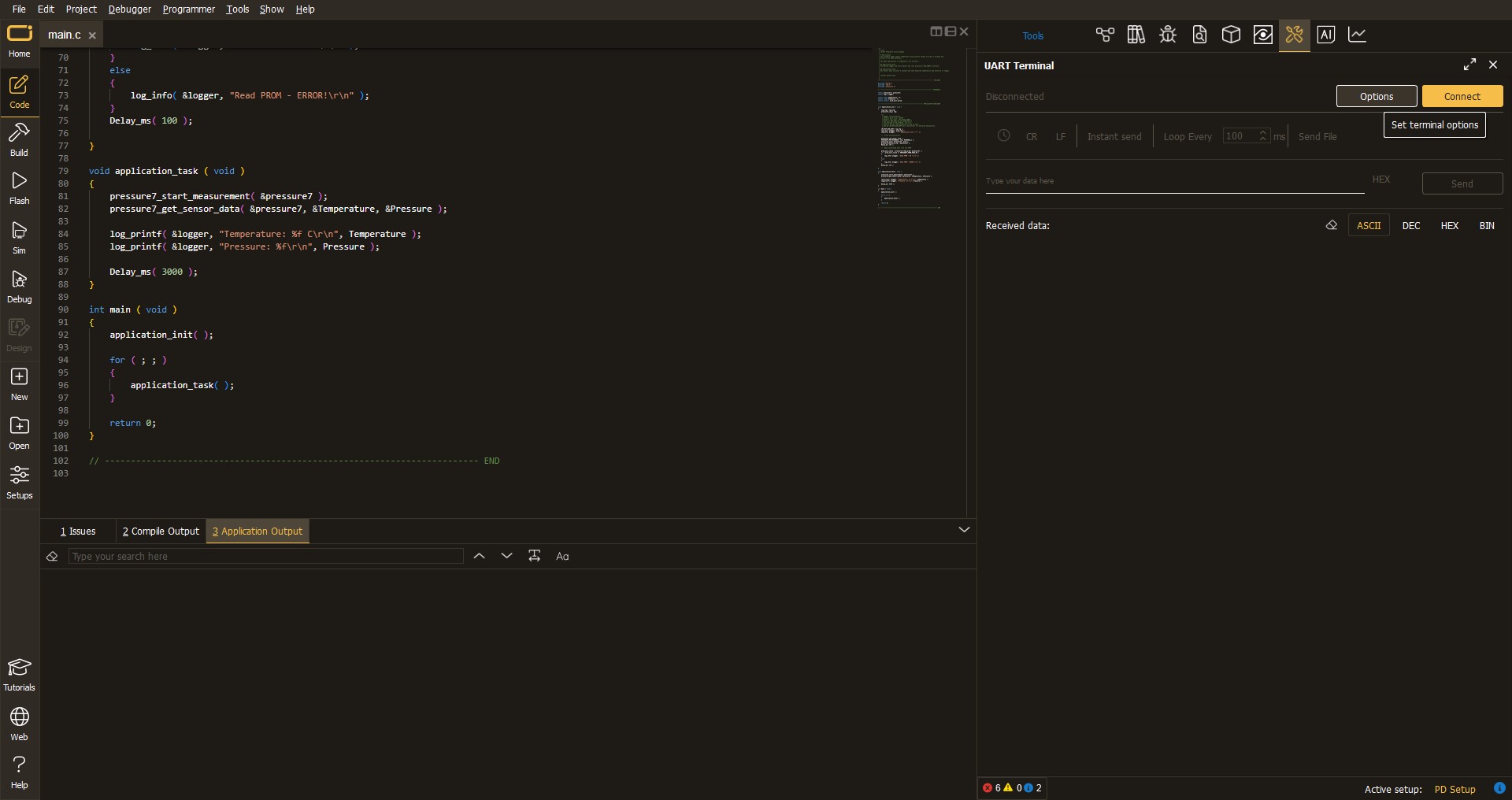Unlock a world of possibilities with your personalized digital ID!
A
A
Hardware Overview
How does it work?
Unique ID Click is based on the DS2401, a guaranteed unique 64-bit ROM ID chip from Analog Devices. The 64-bit ROM includes a unique 48-bit serial number, an 8-bit CRC, and an 8-bit Family Code (01h). Its internal ROM is accessed via a single data line with a communication speed of up to 16.3Kbps. In perspective, multiple DS2401 devices can reside on a common 1-Wire net, with a built-in multidrop controller that ensures compatibility with other 1-Wire devices. The
DS2401 features presence pulse acknowledgment when the reader first applies a voltage, where the power for reading and writing the device is derived from the data line itself. The Unique ID Click uses a 1-Wire bus interface to communicate to the host MCU through one of the GPIOs (GP0, GP1) of the mikroBUS™ socket, selectable by the onboard GPIO SEL jumper. This protocol defines bus transactions regarding the bus state during specified time slots initiated on the falling edge of
sync pulses from the host bus. All data is read and written the least significant bit first. This Click board™ can operate with either 3.3V or 5V logic voltage levels selected via the PWR SEL jumper. This way, both 3.3V and 5V capable MCUs can use the communication lines properly. However, the Click board™ comes equipped with a library containing easy-to-use functions and an example code that can be used, as a reference, for further development.
Features overview
Development board
EasyPIC v8 is a development board specially designed for the needs of rapid development of embedded applications. It supports many high pin count 8-bit PIC microcontrollers from Microchip, regardless of their number of pins, and a broad set of unique functions, such as the first-ever embedded debugger/programmer. The development board is well organized and designed so that the end-user has all the necessary elements, such as switches, buttons, indicators, connectors, and others, in one place. Thanks to innovative manufacturing technology, EasyPIC v8 provides a fluid and immersive working experience, allowing access anywhere and under any
circumstances at any time. Each part of the EasyPIC v8 development board contains the components necessary for the most efficient operation of the same board. In addition to the advanced integrated CODEGRIP programmer/debugger module, which offers many valuable programming/debugging options and seamless integration with the Mikroe software environment, the board also includes a clean and regulated power supply module for the development board. It can use a wide range of external power sources, including a battery, an external 12V power supply, and a power source via the USB Type-C (USB-C) connector.
Communication options such as USB-UART, USB DEVICE, and CAN are also included, including the well-established mikroBUS™ standard, two display options (graphical and character-based LCD), and several different DIP sockets. These sockets cover a wide range of 8-bit PIC MCUs, from the smallest PIC MCU devices with only eight up to forty pins. EasyPIC v8 is an integral part of the Mikroe ecosystem for rapid development. Natively supported by Mikroe software tools, it covers many aspects of prototyping and development thanks to a considerable number of different Click boards™ (over a thousand boards), the number of which is growing every day.
Microcontroller Overview
MCU Card / MCU

Architecture
PIC
MCU Memory (KB)
32
Silicon Vendor
Microchip
Pin count
40
RAM (Bytes)
2048
Used MCU Pins
mikroBUS™ mapper
Take a closer look
Schematic

Step by step
Project assembly
Track your results in real time
Application Output
After pressing the "FLASH" button on the left-side panel, it is necessary to open the UART terminal to display the achieved results. By clicking on the Tools icon in the right-hand panel, multiple different functions are displayed, among which is the UART Terminal. Click on the offered "UART Terminal" icon.

Once the UART terminal is opened, the window takes on a new form. At the top of the tab are two buttons, one for adjusting the parameters of the UART terminal and the other for connecting the UART terminal. The tab's lower part is reserved for displaying the achieved results. Before connecting, the terminal has a Disconnected status, indicating that the terminal is not yet active. Before connecting, it is necessary to check the set parameters of the UART terminal. Click on the "OPTIONS" button.

In the newly opened UART Terminal Options field, we check if the terminal settings are correct, such as the set port and the Baud rate of UART communication. If the data is not displayed properly, it is possible that the Baud rate value is not set correctly and needs to be adjusted to 115200. If all the parameters are set correctly, click on "CONFIGURE".

The next step is to click on the "CONNECT" button, after which the terminal status changes from Disconnected to Connected in green, and the data is displayed in the Received data field.

Software Support
Library Description
This library contains API for Unique ID Click driver.
Key functions:
uniqueid_read_id- This function reads Family Code and Serial Number of device's ROM memory
Open Source
Code example
This example can be found in NECTO Studio. Feel free to download the code, or you can copy the code below.
/*!
* @file main.c
* @brief UNIQUE ID Click example.
*
* # Description
* This example demonstrates the use of UNIQUE ID click board by reading and
* displaying Family Code and Serial Number on the UART Terminal.
*
* The demo application is composed of two sections :
*
* ## Application Init
* Initializes both logger config object and
* click config object.
*
* ## Application Task
* Demonstrates the usage of uniqueid_read_id function,
* which stores the Family Code and Serial Number of the click in
* family_code and serial_num variables. Both values will be displayed
* on the UART Terminal.
*
* @author Aleksandra Cvjeticanin
*
*/
#include "board.h"
#include "log.h"
#include "uniqueid.h"
static uniqueid_t uniqueid;
static log_t logger;
void application_init ( void )
{
log_cfg_t log_cfg; /**< Logger config object. */
uniqueid_cfg_t uniqueid_cfg; /**< Click config object. */
/**
* Logger initialization.
* Default baud rate: 115200
* Default log level: LOG_LEVEL_DEBUG
* @note If USB_UART_RX and USB_UART_TX
* are defined as HAL_PIN_NC, you will
* need to define them manually for log to work.
* See @b LOG_MAP_USB_UART macro definition for detailed explanation.
*/
LOG_MAP_USB_UART( log_cfg );
log_init( &logger, &log_cfg );
log_info( &logger, " Application Init " );
// Click initialization
uniqueid_cfg_setup( &uniqueid_cfg );
UNIQUEID_MAP_MIKROBUS( uniqueid_cfg, MIKROBUS_1 );
if ( ONE_WIRE_ERROR == uniqueid_init( &uniqueid, &uniqueid_cfg ) )
{
log_error( &logger, " Initialization error." );
for ( ; ; );
}
log_info( &logger, " Application Task " );
}
void application_task ( void )
{
uint8_t family_code;
uint8_t serial_num[ 6 ];
if ( UNIQUEID_OK == uniqueid_read_id( &uniqueid, &family_code, &serial_num[ 0 ] ) )
{
log_printf( &logger, "Family Code = 0x%.2X\r\n", ( uint16_t ) family_code );
log_printf( &logger, "Serial Number = 0x%.2X%.2X%.2X%.2X%.2X%.2X\r\n",
( uint16_t ) serial_num[ 0 ], ( uint16_t ) serial_num[ 1 ],
( uint16_t ) serial_num[ 2 ], ( uint16_t ) serial_num[ 3 ],
( uint16_t ) serial_num[ 4 ], ( uint16_t ) serial_num[ 5 ] );
}
Delay_ms( 1000 );
}
void main ( void )
{
application_init( );
for ( ; ; )
{
application_task( );
}
}
// ------------------------------------------------------------------------ END

































